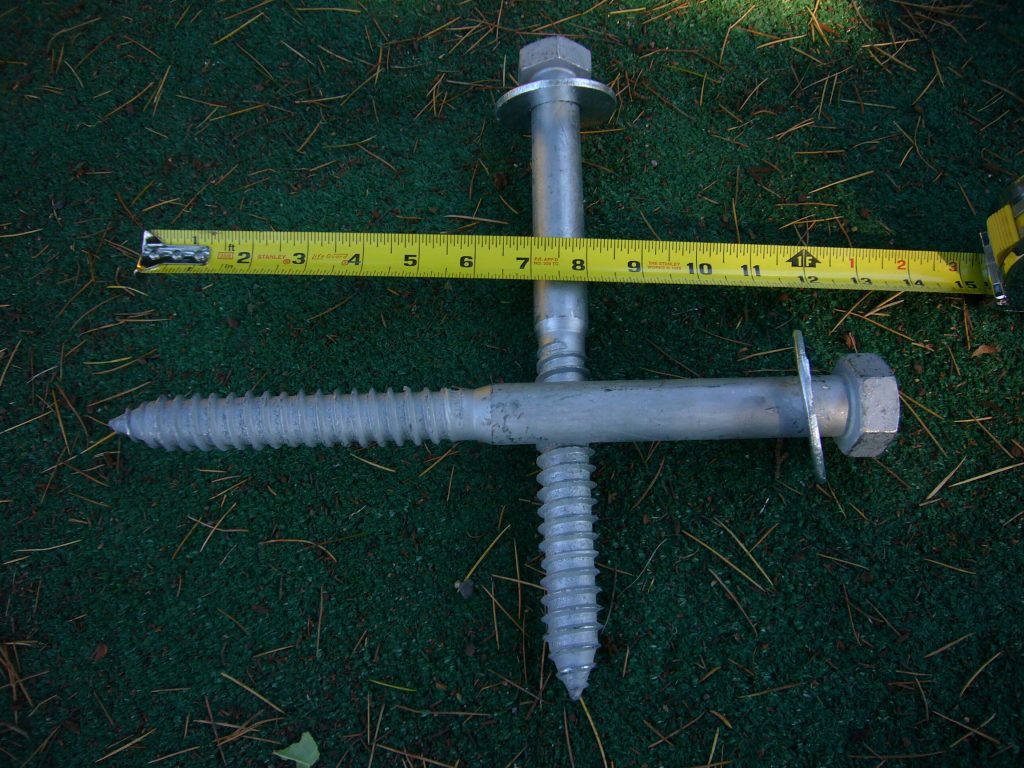If you’re looking for the right screw size for your project, there are three main measurements you’ll find on a screw chart: gauge, threads per inch, and shaft length in inches.
If you see a measurement like 6 x 1 1/2″ on a package, it means the screw has a #6 diameter with 32 threads per inch and is an inch and a half long.
Length
The length of a screw is the distance from where the head meets the shaft. Screws can be measured using the imperial system (usually listed with a gauge number) or the metric system. Screws that are countersunk or rounded are sometimes measured from underneath the head rather than from the point where it will rest on a surface, but this is not always true of other types of screws such as hex-, round-, and truss-head screws.
Most screw sizes have a number that indicates their diameter, and most also have a thread pitch that specifies the distance between the top of one thread and the bottom of another. This can be hard to measure by hand, so most people use a caliper for accuracy.
Screws also have a length indicated by the last number on the chart, which is usually a fraction of an inch. The length of a screw is important to know when buying fasteners because if you don’t, the screws may not fit.
Threads
There are two main systems for thread sizes: the UTS system (Unified Thread Standard) which is based on inches, and the ISO Metric screw thread system, which is used worldwide. In the UTS system, threads are coded with a major diameter Dmaj and a pitch P, which is the number of threads per inch. The major diameter defines the maximum dimension of an external thread; the minor diameter Dmin allows for the thread to be rounded out below Dmaj.
Metric screws are also measured using a major diameter and thread pitch, but the numbers are expressed in millimeters. For example, a screw with a head size of M6 has a major diameter of 6mm and a pitch of 1mm. A table is available here for converting imperial sizes to metric. The tables also provide lists of clearance holes for different screw types. These charts are adapted from the ASME B18.2.8.
Head
The head of a screw is the top part that sticks out from the side. Most screws have a flat head, but some have a hex washer or a rounded head.
The screw length is the distance from underneath the head to the tip. It is important to measure the screw length when buying a large quantity of screws because it can save money by getting exactly what you need.
The head of a screw can also be useful in identifying the type of screw. Some screws have a drill point that can cut into metal, while others are designed to be driven into wood or other soft materials. For example, a Tek screw has a point that can drill into steel up to 0.25 inches (or 6.35 millimeters). These types of screws are used for heavy-duty applications like roofing projects. They’re also ideal for disassembling products for maintenance or repairs. Other types of screws have a smooth, round head that is easier to grip and won’t break easily.
Shank
The metric system uses millimeters to measure screw threads and major diameters. So if you see a callout on your screws box with the number M in it, this means you are working with a metric-size screw. Measuring the major diameter of a screw is similar to measuring the length of its threads, but you will need a caliper for precision. The next step is determining the screw’s threads per inch, which is done by counting the number of thread peaks that fall into one-inch.
The head diameter of a wood screw is approximately double the shank diameter. In choosing a screw length, remember that the screw should pass through the thinner piece and thread into the thicker one, so it is important to choose a size that will allow this to happen.
The following table contains the recommended screw sizes for various types of wood. It also indicates the shank diameters and recommends pilot holes for harder woods.#5 screw diameter

